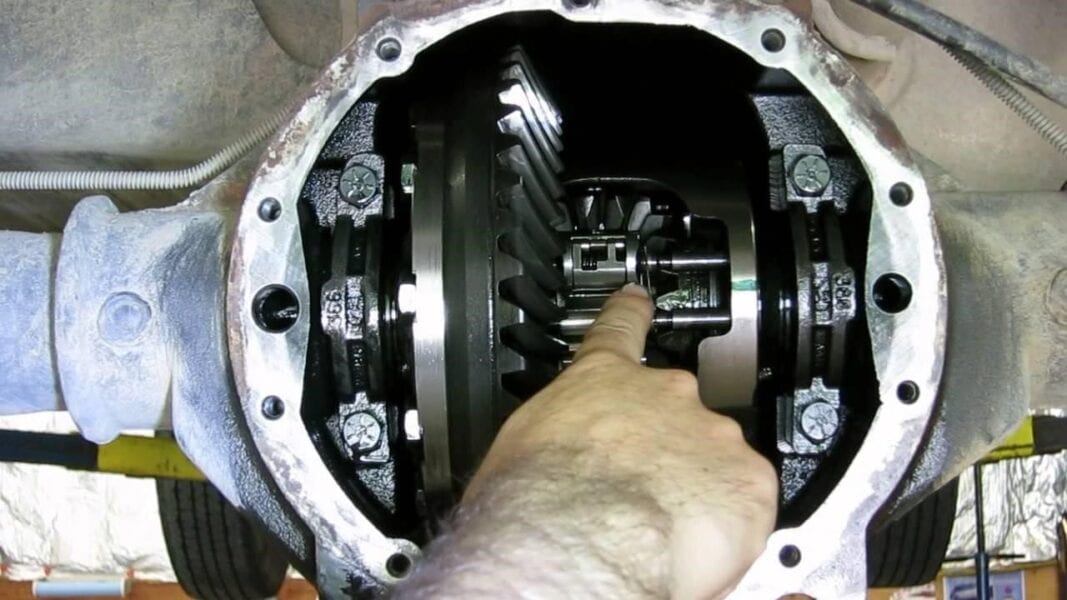
What is differential lock?
Content
As a driver with sufficient driving experience, you know that the transmission is one of the most important components of the car. You also know that differential is the most important element of transmission.
What is a differential?
In short, this is an element (mechanism) directly connected to the axles of the wheels, the main task of which is the transmission of torque to them. This transmission of torque is possible through the use of the so-called "planetary gear."
Another, no less important task, performed by the differential, is to provide the possibility of asynchronous rotation of the drive wheels when cornering a vehicle or when passing through uneven and difficult terrain.
What is differential lock?
Before talking about this, let's see how the differential process of the classic type works.
And so .. The classic (standard) differential, or, as it is also called, the "open differential", transfers power from the engine to the axis, which allows the wheels to rotate at different speeds while turning the car.
Since the distance each wheel must travel when turning is different (one wheel has a larger outer turning radius than the other wheel, which has a shorter inner radius), a differential solves this problem by transmitting torque on the separate axles of the two wheels through its mechanism. The end result is that the car can drive and turn normally.
Unfortunately, this particular mechanism has some drawbacks. He seeks to transfer torque to where it is easiest.
What does this mean?
If both wheels on the axle have the same traction and the force needed to rotate each wheel, the open differential will evenly distribute the torque between them. However, if there is a difference in traction (for example, one wheel is on asphalt, and the other falls into a hole or on ice), the differential will begin to distribute torque to the wheel, which will rotate with the least effort (will deliver more torque for the wheel caught on ice or hole).
In the end, the wheel left on the asphalt will stop receiving torque and stop, while the other will absorb all the torque and rotate at an increased angular velocity.
All this greatly affects the maneuverability and controllability of the car, and it will be much more difficult for you to get out of the pit or walk on ice.
What is differential lock?
Differential lock allows both wheels to move at the same speed, therefore, in case of loss of traction on one wheel, both wheels continue to move, regardless of differences in resistance. In other words, if one wheel is on asphalt and the other is in a pit or on a slippery surface such as dirt, ice or others, a blocking differential will transmit the same power to both wheels, allowing the wheel on ice or pit to move faster and not allow the car immerse. A blocking differential can be added to the front or rear axle, and can be added to both axles.
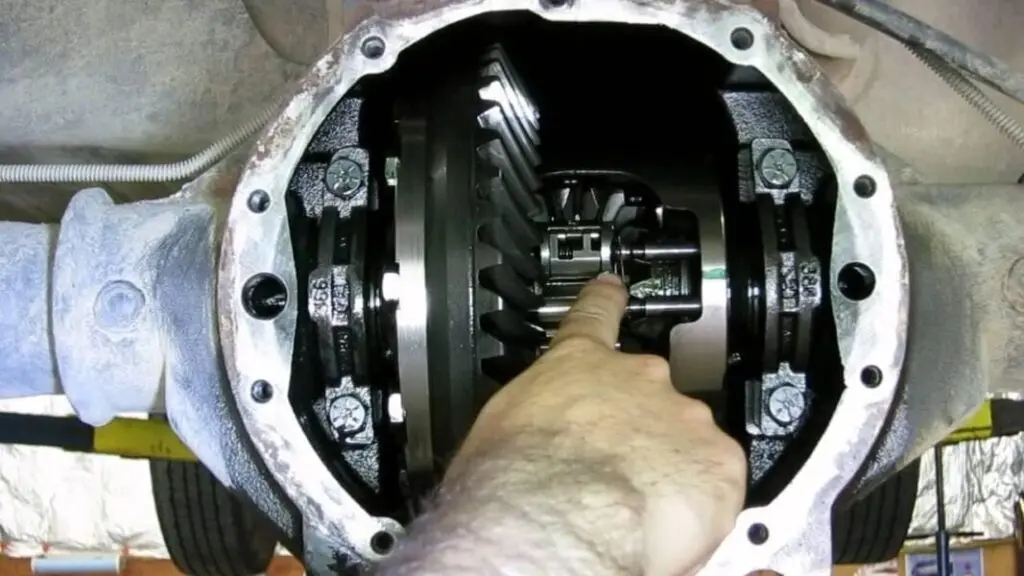
Differential Lock Types
Depending on the degree, the differential lock can be full or partial:
- Full blocking implies a rigid connection of the differential elements, in which torque can be transmitted entirely to the wheel with better traction
- Partial differential lock is characterized by a limited amount of transmitted power of the differential parts and a corresponding increase in torque to the wheel with better traction
There are various types of locks, but they can usually be divided into several large groups:
- differentials that are tightly locked (100%)
- automatic differential lock
- limited slip differentials - LSD
100% full lock
With this type of locking, the differential practically ceases to fulfill its functions and becomes a simple clutch that firmly connects the axles and shafts and transmits torque to them with the same angular velocity. To completely block the differential, it is enough to either block the possibility of rotation of the axes, or connect the differential cup to one of the axles. This type of locking is carried out by an electric, pneumatic or hydraulic mechanism and is manually controlled by the driver.
However, a full lock is not recommended, as the car engine is not only heavily loaded, but the transmission, gearbox and tires, which wear out very quickly, also suffer from heavy loads.
Limited Slip Differentials - LSD
This type of differential is essentially a convenient compromise between an open differential and a full differential lock, since it allows you to use it only when necessary. The biggest advantage of LSD is that when the car moves on smooth roads or highways, it works as an “open” differential, and when driving on rough terrain, the differential from “open” becomes blocking, which ensures a trouble-free ride. turns and ascents or descents on uneven, filled with potholes and muddy roads. Switching from “open” to the limited slip differential is extremely quick and easy and is done using the button on the car dashboard.
LSD has three main types:
- disk mechanism
- worm gear
- viscous bond
With disk lock
Friction is created between the discs. One friction disc is rigidly connected to the differential cup, and the other to the shaft.
Worm lock
The principle of its operation is very simple: an increase in the torque of one wheel leads to partial blocking and transmission of torque to another wheel. (The worm lock is also called Torque Sensing.)
Viscous bond
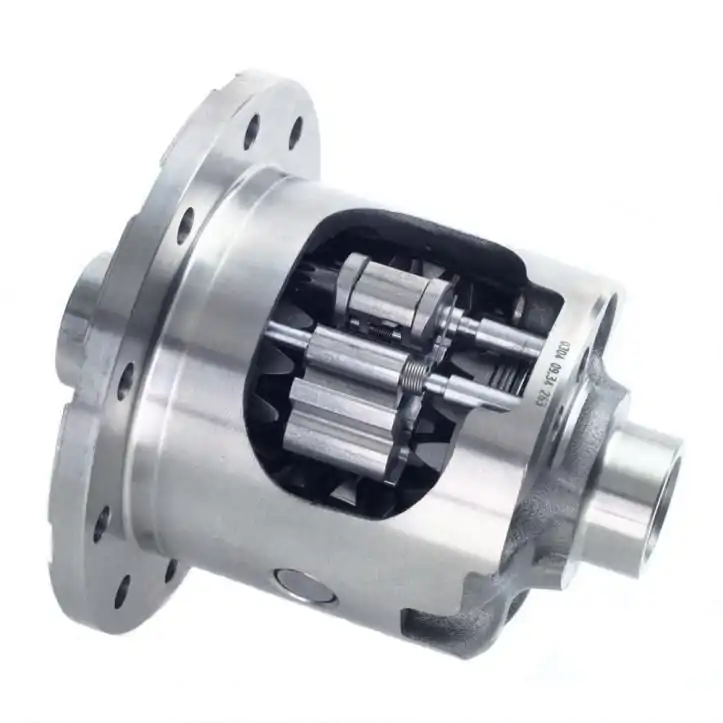
It consists of a set of closely spaced perforated discs placed in a sealed enclosure filled with silicone fluid, which are interconnected by a differential cup and a drive shaft. When the angular velocities are equal, the differential operates in normal mode, but when the shaft rotational speed increases, the disks located on it increase their speed and harden the silicone in the case. Since there is a risk of overheating, this type of blockage is extremely rare.
Automatic differential lock
Unlike manual blocking, with automatic blocking, differential control is performed using software. When the rotation speed of one wheel increases, pressure is created in the brake system, and its speed decreases. In this case, the traction force becomes higher, and the torque is transmitted to another wheel.
Redistribution of torque and equalization of angular velocities is carried out under the influence of the brake system. It is programmatically controlled by a traction control system, automatic blocking differentials are not equipped with additional blocking components and are not LSD.
Can each car have a locked differential?
Differential lock is commonly used for sports cars or SUVs. In particular, in the case of SUVs, differentials with a locking mechanism are already installed when assembling cars. Although differential lock is recommended especially for SUVs, it is possible that differential lock can be performed on another type of vehicle. Cars that do not have differential locks at the factory can be modified and upgraded.
How does it work?
If you also want to block the differential, you should contact a service center that offers similar services. This is necessary because only there they can tell you whether the characteristics of your car are suitable for upgrading the differential or not. If possible, experts will offer you compatible components that can replace the classic "open" blocking differential.
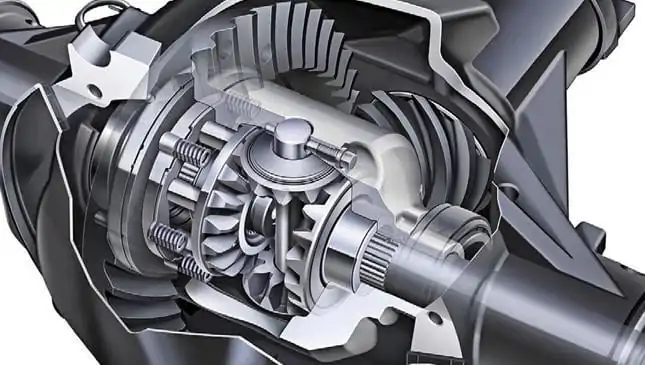
Is differential lock useful?
It depends on a number of factors! If you drive a standard car and most often drive along the highway, city streets or asphalt roads, blocking the differential is completely pointless. In this case, the classic type of differential perfectly copes with this task.
Differential lock will be useful if you are driving an SUV and love off-road on rough terrain. It will be useful and necessary for you if you live in an area where winter causes big problems (a lot of snow, roads are often covered with ice, etc.)
Questions and answers:
What is Electronic Simulated Differential Lock? It is an electronic system that applies the vehicle's brakes to give the impression that the differential is locked (preventing the drive wheels from spinning).
ДWhy do you need a rear axle differential lock? The differential lock is needed in order to prevent the drive wheels from spinning on unstable road surfaces. It generates tractive force, regardless of the type of drive.
What is a limited-slip differential for? The differential self-block is needed so that the freely rotating wheel does not take on all the motor torque. this mechanism is often used in four-wheel drive cars.
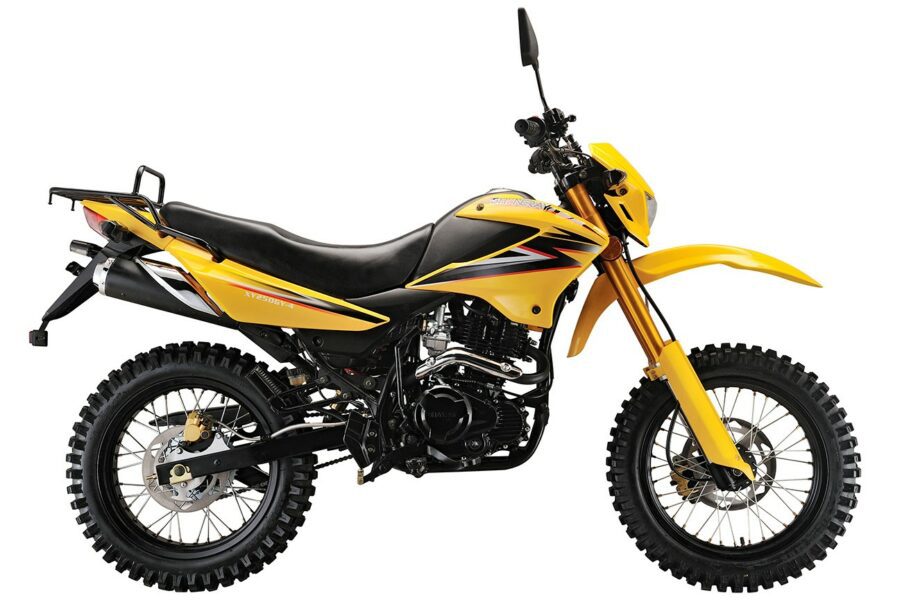
One comment
Hisham Sirikki
May God bless you! Until now, I did not understand why the differential lock is used. Is it the so-called double gear or double excel, especially in buses?